ICD2 Pickit2 PIC Kit 3 Adapter Board
$0
This adapter is not “configured” via software but rather through physical wiring. Here is how to set it up:
-
Identify Your PIC Chip: Find the exact part number of your PIC microcontroller (e.g., PIC16F877A, PIC18F46K22, etc.).
-
Locate the ICSP Pins: Consult the chip’s datasheet to find which physical pins are used for the five ICSP signals:
-
VPP/MCLR: Programming Voltage (Usually pin #1)
-
VDD: Positive Supply Voltage
-
VSS: Ground
-
PGC: Serial Programming Clock
-
PGD: Serial Programming Data
-
-
Configure the ZMorph Socket: Using the pinout diagram that comes with the adapter (or a standard ZMorph chart found online), place jumper wires on the board to connect the ICSP header pins (from your programmer) to the specific socket pins that correspond to the target chip’s VPP, VDD, VSS, PGC, and PGD.
-
Connect the Programmer: Plug your PICkit 3 (or other supported programmer) into the 6-pin ICSP header on the adapter board via a standard RJ-11 cable (for PICkit) or a ribbon cable.
-
Insert the Chip: Carefully place the PIC chip into the configured ZIF socket and lock it in place.
-
Power the Board:
-
Option A (Self-Powered): The board can often be powered directly from the programmer (via the
VDDpin from the ICSP header). Ensure your programmer can supply enough current. -
Option B (External Power): For chips requiring more power, provide an external regulated +5V (or the chip’s required voltage) to the
VEXTandGNDterminals on the board. You must ensure the external power supply’s ground (GND) is connected to the programmer’s ground.
-
-
Program: Use Microchip’s MPLAB X IDE or the standalone software to program the chip as you normally would.
-
Universal Adapter: Allows using Microchip’s PICkit 2/3 or ICD2/3 programmers with modern, surface-mount (SMD) PIC microcontrollers.
-
Solves a Key Problem: Many newer PIC chips come in small SMD packages (like TSSOP, QFN, SSOP) without standard ICSP headers; this board provides a physical interface for them.
-
ZMorph Socket: Features a versatile “ZMorph” zero-insertion-force (ZIF) socket that can be manually configured with tiny jumpers to fit dozens of different PIC chip pinouts and packages.
-
In-Circuit Serial Programming (ICSP): Supports the standard ICSP protocol for programming and debugging PIC microcontrollers.
-
Basic Design: A simple, passive PCB board that routes signals from your programmer to the correct pins on the target chip. It requires an external programmer (like a PICkit 3) to function.

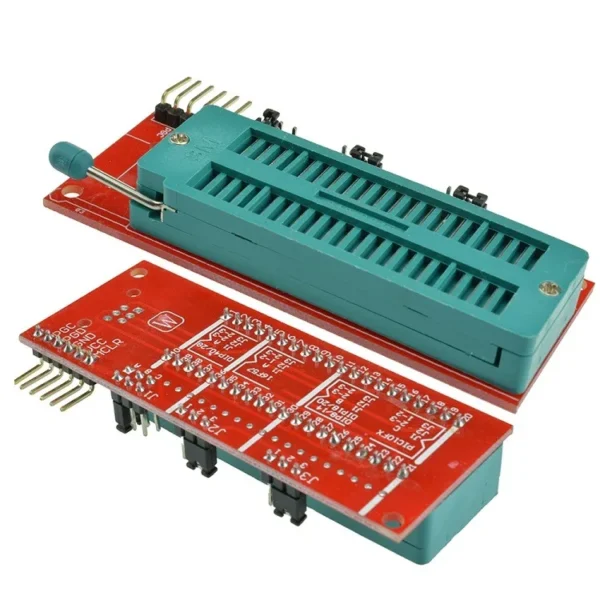
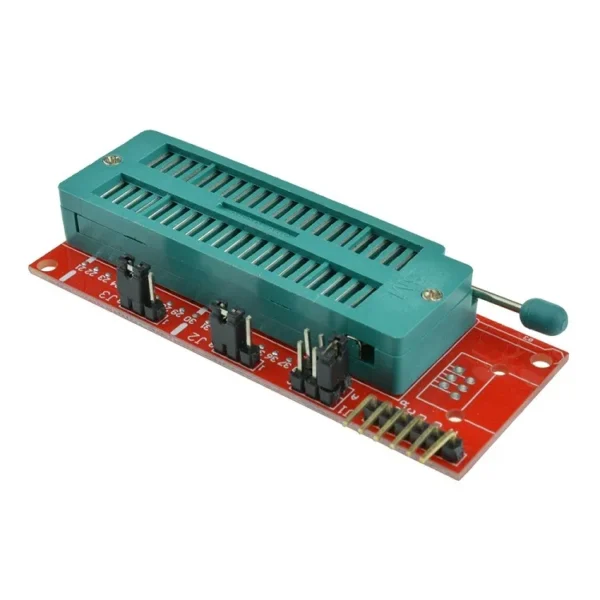
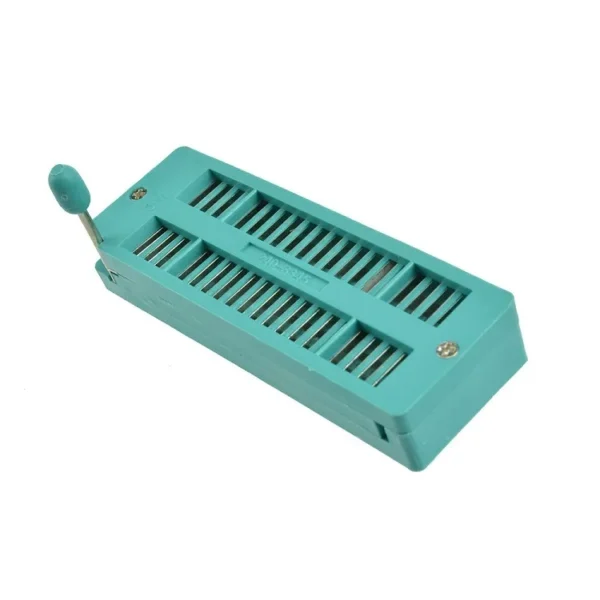

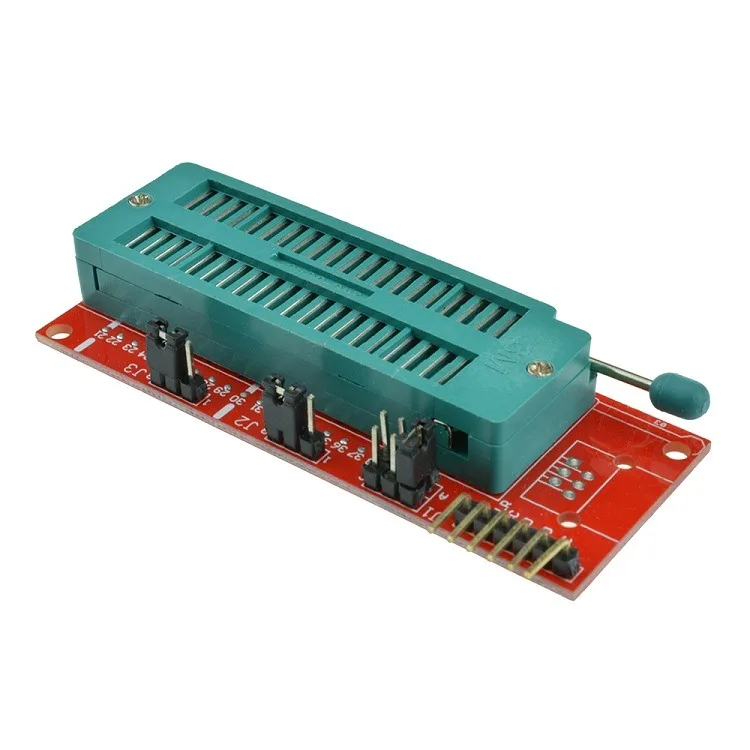




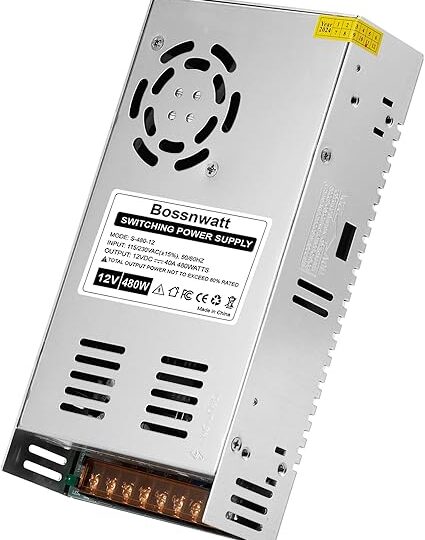



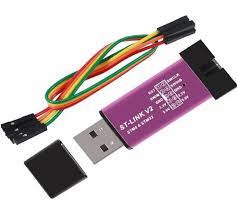


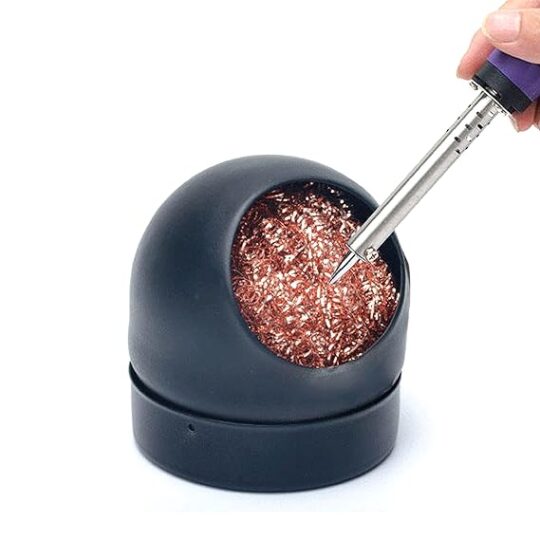



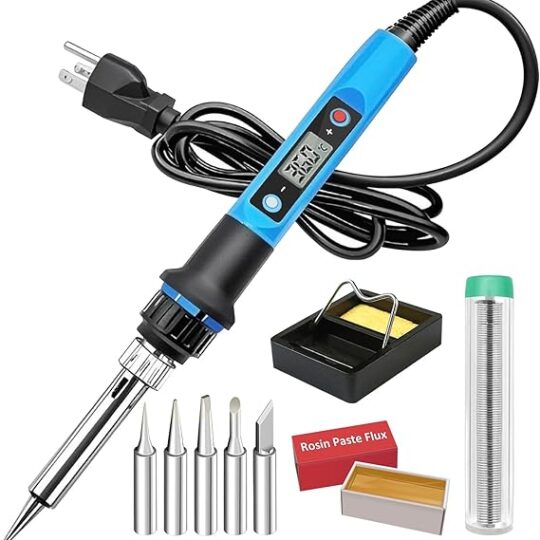




Hassan Younas –
⭐️⭐️⭐️⭐️⭐️ (5/5)
Perfect for PIC Programming
Works flawlessly with my Pickit 3! Setup was easy and connection stable.
Hassan Younas –
⭐️⭐️⭐️⭐️⭐️ (5/5)
Reliable Tool
Solid build quality and great compatibility with multiple PIC models.
Hassan Younas –
⭐️⭐️⭐️⭐️ (4/5)
Excellent Adapter Board
Makes PIC programming simple and quick. Definitely worth having.